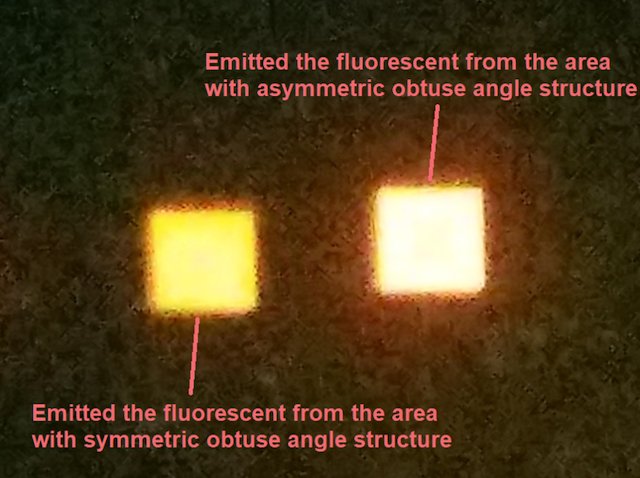
In a new study, researchers found a new type of light-emitting diode lightbulb could one day light homes and reduce power bills.
The LEDs made with firefly-mimicking structures could improve efficiency.
The research was conducted by a team at Penn State.
Previous studies have shown that LED lightbulbs play a key role in clean energy.
The LED-based lighting market is growing rapidly as the demand for clean energy increases and is estimated to reach $85 billion by 2024.
LEDs are more environmentally friendly because they are longer-lasting and more energy efficient.
But one major concern is how to improve the so-called light extraction efficiency of the LEDs.
In the current study, the team focused on how to get light out of the LEDs.
They were interested in fireflies because fireflies and LEDs face similar challenges in releasing the light that they produce because the light can reflect backward and is lost.
One solution is for LEDs is to texture the surface with microstructures. Fireflies’ lanterns also have these microstructures, but the microstructures on firefly lanterns were asymmetric.
The researchers used asymmetrical pyramids to create microstructured surfaces.
They found this could improve light extraction efficiency to around 90%.
The team also used computer-based simulations to show that the asymmetric surface could theoretically improve light extraction.
Then, with nanoscale 3D printing, the team created symmetric and asymmetric surfaces and measured the amount of light emitted.
The researchers suggest that asymmetrical microstructures increase light extraction in two ways.
In the first way, the greater surface area of the asymmetric pyramids allows greater interaction of light with the surface, so that less light is trapped.
In the second way, when the light hits the two different slopes of the asymmetric pyramids there is a greater randomization effect of the reflections and light is given a second chance to escape.
The authors suggest that while it is hard to improve the quantum efficiency of LEDs, there is a lot of space to further improve the light extraction efficiency.
The researchers believe their approach could easily be applied to commercial manufacture of LEDs. They have filed for a patent on this research.
The lead author of the study is Chang-Jiang Chen, a doctoral student in electrical engineering.
Stuart (Shizhuo) Yin, professor of electrical engineering at Penn State, is the senior author.
The study is published in the journal Optik.
Copyright © 2019 Knowridge Science Report. All rights reserved.
Further reading: Optik.



